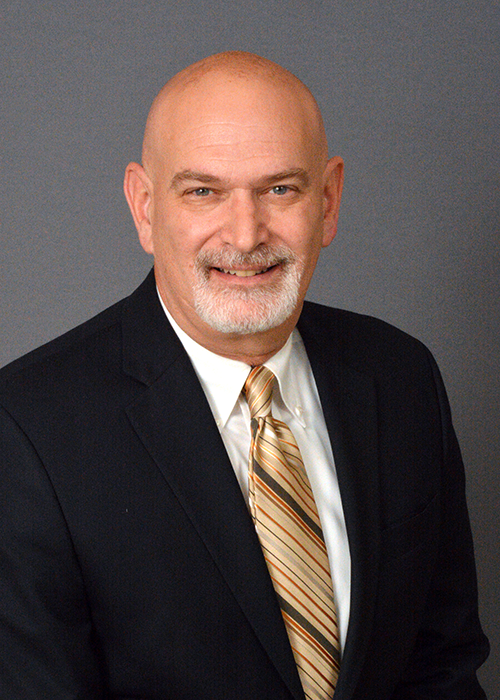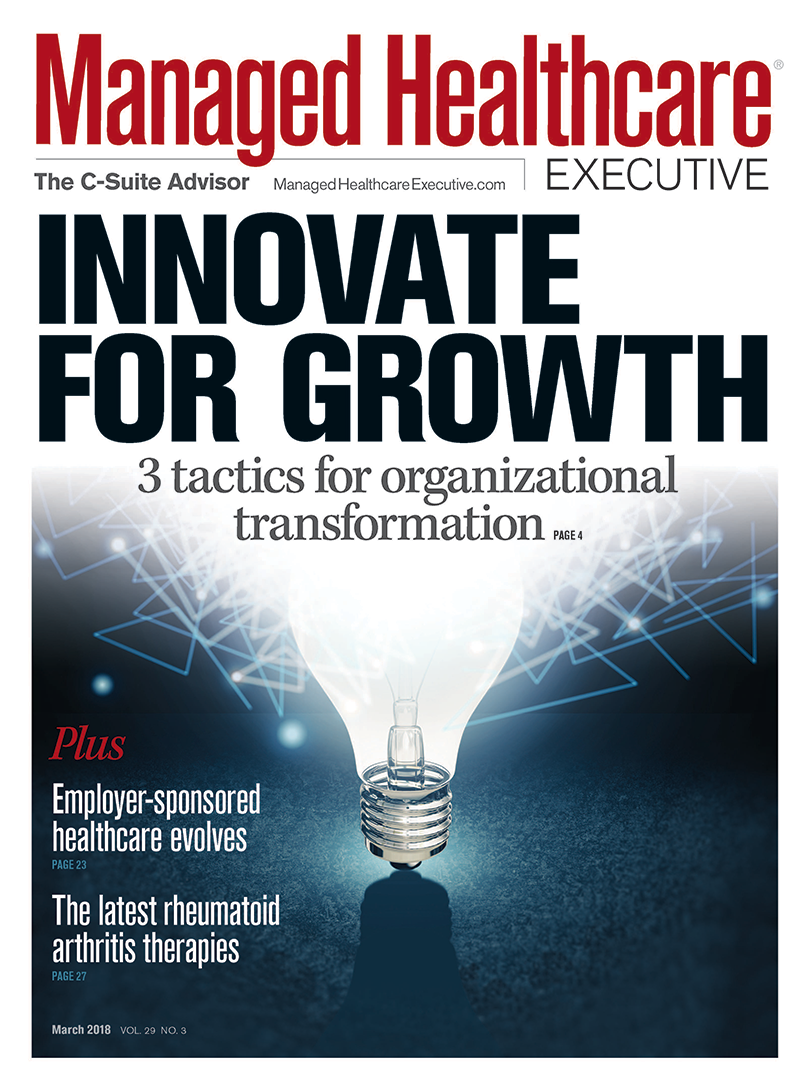Four Ways Hospitals Can Deal with Rising Drug Costs
Each hospital and health system-and insurer-has unique circumstances, but there are several common approaches that are likely to help curb the growth in drug costs.

Jeff Crudele

We’ve all seen reports suggesting that pharmaceutical prices and the cost of new drugs are on the rise. In fact, drug costs are among the fastest-growing expense categories for hospital providers, and more than 64% of healthcare executives have reported that inpatient drug spending has increased “significantly” over the past five years, according to the Advisory Board.
Increases in prices are just one factor affecting expenditures on drugs. Utilization, drug prescription, variation, and drug innovation are also having a major impact on drug costs. So how do we approach-and holistically manage-drug costs for the benefit of our patients?
Related article: Top 4 Challenges Healthcare Executives Face in 2019
Each hospital and health system-and insurer-has unique circumstances, but there are several common approaches that are likely to help curb the growth in drug costs:
1. Use generic drugs. The drug industry is dynamic, and new drugs are constantly being introduced as mature drugs rotate off patents. As a result, enforcing optimal generic drug use requires constant vigilance. Each hospital or health system should have a process in place to work with clinicians on optimizing the use of generics and monitoring the ongoing portfolio of drugs available for generic use. They must also monitor the variation between similar generic choices, which themselves may have significant price differentials. This process is a simple-but essential-part of the overall drug management strategy.
Recently, leading providers have begun exploring ways to manufacture their own supply of generic drugs and further reduce the cost of procuring this class of pharmaceuticals.
2. Implement standards of care and other best practices. Practice variation is a hidden element of utilization that requires careful study and analysis. There are various ways to approach practice variation, and a few common approaches include the following:
- Partner with your physician staff to reduce unwarranted prescribing variation. Physicians and staff usually work together to develop standards of care that can be followed by clinicians in the system. This process usually includes establishing specific standards for the use of certain drugs and drug regimens in various clinical circumstances.
- Foster deeper physician-pharmacist relationships. By engaging pharmacists in a deeper way as part of the patient care team, hospitals can leverage the pharmacists’ medication expertise. Pharmacists can help address medication usage issues, direct patients to suitable lower-cost alternatives, and help improve patient outcomes, quality measures, and ultimately, overall medical costs. It’s an often-overlooked aspect of patient care models.
- Leverage the value of being part of a system. Multihospital systems may want to consider taking a system wide approach when developing standards of care and other best practices. By creating a system-level pharmacy and therapeutics (“P&T”) committee, hospitals can leverage the combined expertise of all experts in the health system and accelerate their path toward reducing variation and adopting standards.
3. Attack waste. A great example is the reduction of intravenous medication waste with the use of new IV administration technologies. IV medications are often custom-built for patients with unique needs, who require frequent changes based on his or her condition. These IVs may also have a limited shelf life, and may be prepared in batches ahead of anticipated need. By using technology-assisted work flow systems, IVs can be prepared closer to administration time, cutting down on IV waste.
There are many ways to reduce pharmaceutical waste, and working directly with your clinical staff to identify these simple but powerful opportunities is a critically important aspect of any waste-reduction program. Many hospitals develop committees or task forces that look specifically at these types of opportunities.
4. Manage drug shortages. Drug shortages directly affect drug costs, and when critical drugs are not available, patient care can also be affected. In some circumstances, shortages can even affect hospital labor costs, as staff expends significant time and effort addressing the shortage.
Related article: Do Drug Discounts Contribute to Rising Prices?
Actively managing inventory and staying attuned to market dynamics are key to effectively avoiding temporary shortages. It’s important that hospitals have the proper protocols defined to effectively deal with drug shortages. This includes the approval of alternative therapies and, when practical, the identification of approved substitutions in advance of the actual shortage.
Jeff Crudele serves as chief financial officer of Allegheny Health Network, part of the Highmark Health family of companies. His career spans over 30 years, and he has served as a chief financial officer, chief executive officer, and operations executive at some of the nation’s largest and most successful healthcare companies.

David Calabrese of OptumRx Talks New Role, Market Insulin Prices and Other Topics 'On His Mind'
April 13th 2023In this month’s episode of the "What's On Your Mind podcast," Peter Wehrwein, managing editor of MHE connects with the now Chief Clinical Officer of OptumRx Integrated Pharmacies, David Calabrese. In this conversation, David touches on his transition in January as OptumRx’s former chief pharmacy officer and market president of health plans and PBMs to his new role as Chief Clinical Officer where he now focuses more on things such as specialty pharmacy to home delivery — with an overall goal of creating whole-patient care. Throughout the conversation, Calabrese also touched on the market’s hot topic of insulin prices and behavioral health services within the OptumRx community, among other topics.
Listen
Upended: Can PBM Transparency Succeed?
March 6th 2024Simmering tensions in the pharmacy benefit management (PBM) industry have turned into fault lines. The PBMs challenging the "big three" have formed a trade association. Purchaser coalitions want change. The head of the industry's trade group says inherent marketplace friction has spilled over into political friction.
Read More
Briana Contreras, editor of Managed Healthcare Executive, spoke with Nancy Lurker, CEO and president of EyePoint Pharmaceuticals. Nancy shared a bit about EyePoint and how the organization’s innovative therapies are addressing patient needs through eye care, and most importantly, she addressed C-Suite positions like the CEO role. Nancy shared advice for those seeking to reach the CEO level, especially toward women in healthcare and other roles, and what it takes to run a biopharma company.
Listen
The deliberate disconnection of Change Healthcare to ring fence a cyberattack entered its seventh day today. Prescribers are finding ways to get pharmacy claims processed, and UnitedHealth Group says disruption to the dispensing of prescriptions has been minimal. But independent pharmacies want more information and protection from financial consequences from pharmacy benefit managers.
Read More